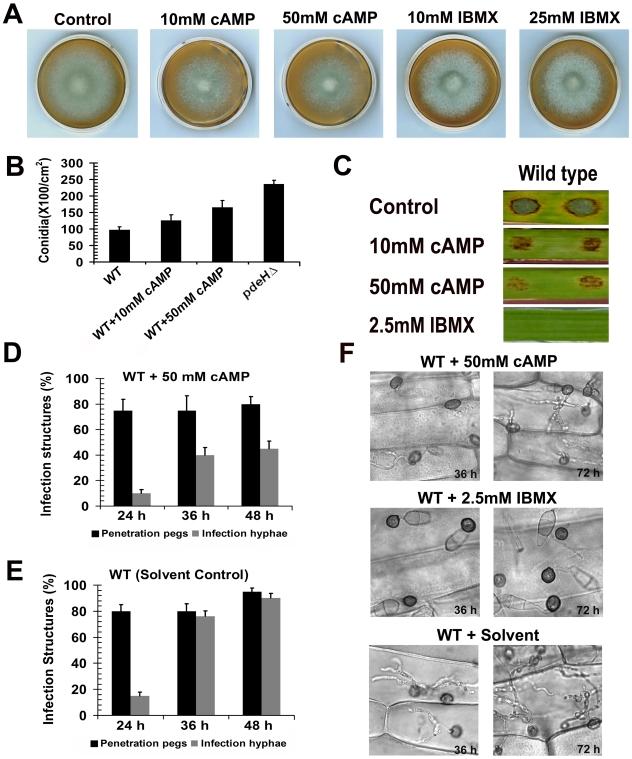Figure 9. Exogenous addition of 8-Br-cAMP to the wild type results in pdeHΔ-like defects.
Effects of exogenous 8-Br-cAMP or IBMX on wild type M. oryzae. (A) Colony morphology and phenotype of the wild type grown in the presence of 8-Br-cAMP or IBMX. Mycelial plugs from the wild-type M. oryzae colony were inoculated on PA medium containing the indicated amounts of 8-Br-cAMP or IBMX. These cultures were grown in the dark for 5 d prior to documentation. (B) Effect on conidiation. The wild type was grown in the presence of the indicated amounts of 8-Br-cAMP, and conidial numbers assessed after 6 d incubation under light. (C) Effect on lesion size and disease severity on barley leaf explants. The disease symptoms were scored 6 d after inoculation with wild type conidia in the presence of the specified amounts of 8-Br-cAMP (in water) or IBMX (in ethanol). (D) Effect of 8-Br-cAMP on infection structure development. Equal number of wild-type conidia was inoculated on barley leaf explants in the presence of 50 mM 8-Br-cAMP and the resultant penetration pegs (black bars) and infection hyphae (gray bars) quantified at the indicated time points. (E) Bar chart depicting the results of the control experiment performed in parallel, wherein wild type conidia inoculated on barley leaves in the presence of the appropriate solvent (ethanol). Penetration pegs (black bars) and infection hyphae (gray bars) were quantified at the indicated time points. (F) Excess cAMP or PDE inhibitor retards host colonization in M. oryzae. Barley leaf samples were inoculated with wild-type conidia in the presence of 50 mM 8-Br-cAMP or 2.5 mM IBMX and photomicrographed after incubation for the specified time intervals. Wild type treated with the equivalent amount of appropriate solvent (ethanol for IBMX) served as a parallel control.

